cart
Cart total price:
The late 19th century Zélie and Jules started the long history of a family’s passion for wine. The early 20th century EEugénie, dynamic, courageous and modern until she was 96, lived through wars unbowed and ensured the winery’s long-term future survival. 1930 Edmond married Marguerite, Eugénie’s niece. It was a match made in heaven between two winemaking families, who gave Antech their name. 1965 Georges and Roger, their sons, were an inseparable at the reins of the estate from a very early age. In the 1970s, they decided to only make sparkling wines. 1996 Françoise, Georges’ bold, fiery daughter, arrives, carrying on the tradition and raising Antech to the ranks of the greatest sparkling wine makers. Françoise Françoise, a member of the sixth generation, inherited her elders’ strong character. A guardian of the heritage, she is also a fervent advocate of social and cultural action in her region. Alongside students and jobless people, she transmits a taste for action. Alongside artists, she provides support by sponsoring musical activities. Alongside Vinifilles, she shares her experience and good humour. Georges and Roger Georges and Roger are inseparable. The brothers get on with each other very well and haven’t had an argument in 50 years. Roger makes the wines, Georges sells them and together they decide on the company’s direction. They made the winery what it is today. In the cellar There are two ways to make our bubbles: the traditional method for the crémants and Blanquette de Limoux and the ancestral method. The traditional method This is the same method used in Champagne. The first fermentation, in the vat, and a second fermentation, in the bottle, creates the bubbles, which slowly mature on racks in the ageing cellar. At the end of the process, after disgorging, the expedition liqueur that will determine the dosage is added. The blend Blending is the crucial point when Antech’s style is expressed. Guessing what the wine will become after a second fermentation and many months of ageing on racks — usually 18 months to five years — is an exciting challenge that must be met every year. The whole family very traditionally pitches in at the beginning of winter every year. A small dose of expedition liqueur helps to balance the wine without masking it. A “brut nature” range is created without adding any sugar. The ancestral method Like a grandmother’s recipe, it is passed down intact for a surprising result. Sweet, with a low alcohol content, its unique taste comes from fermentation that is arrested before starting up again in the bottle. The process is complex, long and demanding. Giving time time We’ve been learning about the benefits of time for six generations. Here the bottles are forgotten in the intimacy of the cellars, where they are horizontally laid on racks. The bubbles become more delicate and persistent. Every month spent in the cellar develops a new, subtler, more complex aromatic palate. The length on the palate is longer and the effervescence is lighter.
19.60 eur
(Bottle price)
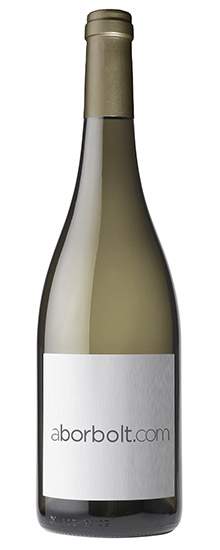
22.33 eur
(Bottle price)
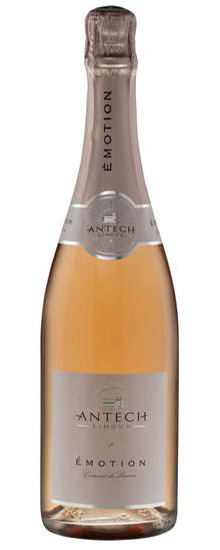
21.87 eur
(Bottle price)

48.52 eur
(Bottle price)
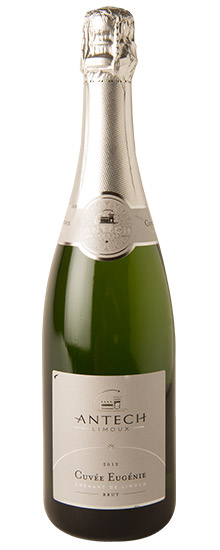
27.96 eur
(Bottle price)
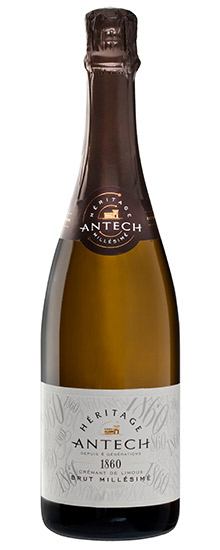
90
19.47 eur
(Bottle price)

89
42.92 eur
(Bottle price)
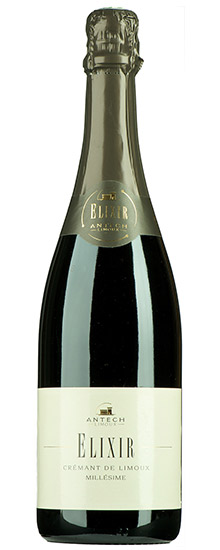
31.13 eur
(Bottle price)
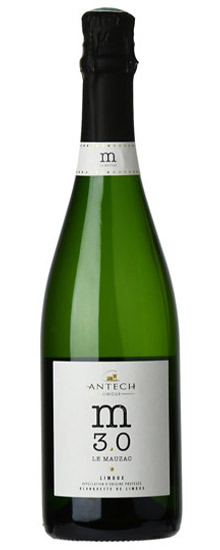
89
19.28 eur
(Bottle price)

89
42.72 eur
(Bottle price)
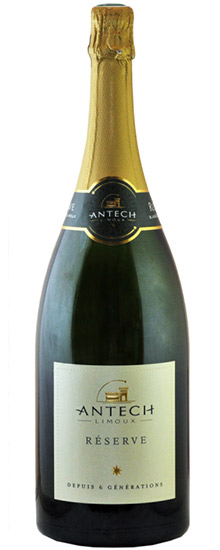
89